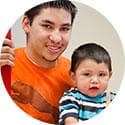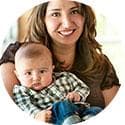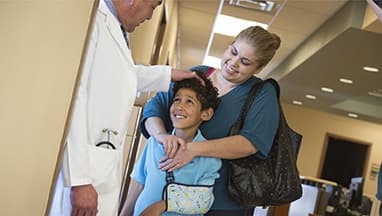Presbyterian Preventive Healthcare Guidelines
Preventive care services include screenings, immunizations and physical exams that help you to stay healthy. Regular preventive care can also help to identify a health condition before you begin to experience symptoms--and early detection can mean the difference between continuing good health and illness. Keep in mind that your healthcare provider is the best source to answer questions about your health and that these guidelines are for healthy children and adults.
WHAT PREVENTIVE CARE DO YOU NEED?

From infancy through age 20, learn about the recommended exams, screenings and immunizations.

From ages 21 to 65 and older, learn about when screenings, tests and immunizations (yes, it’s true: you’re never too old for immunizations!) are recommended.

From your first visit with your healthcare provider through to your baby’s birth, learn about the recommended screenings and what to discuss with your doctor during your pregnancy.



